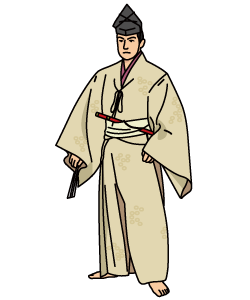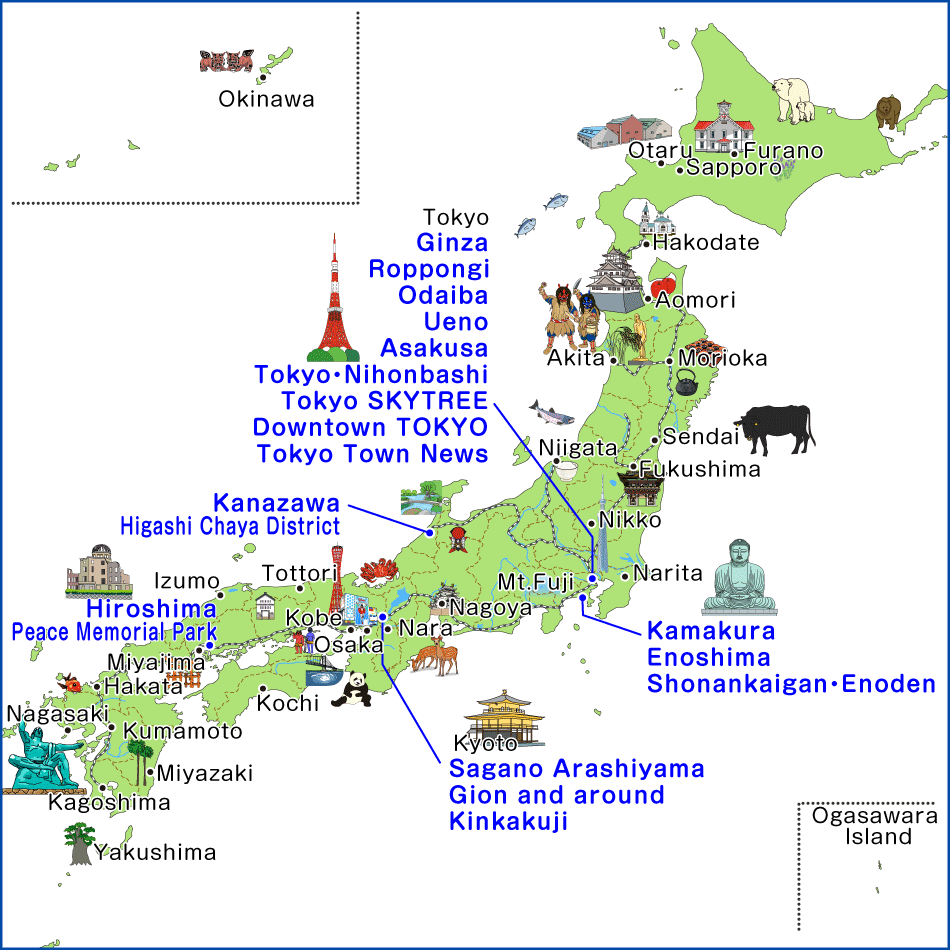Kanagawa kamakura

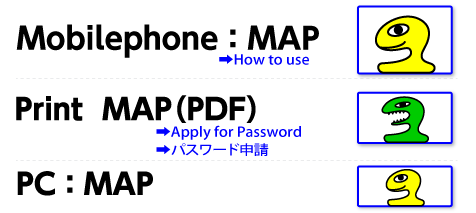
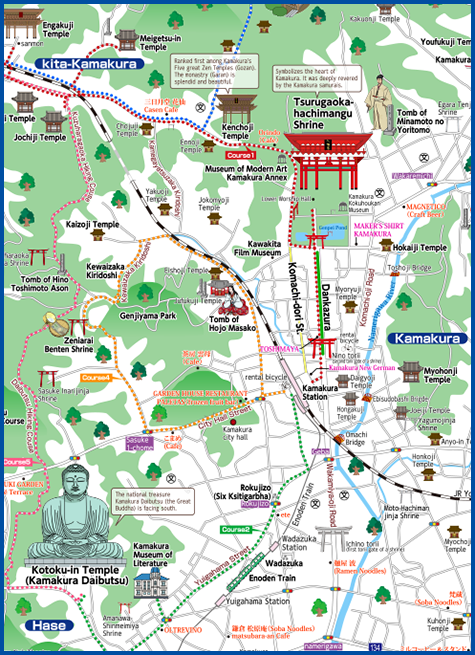
A three-tal carp for the New Year's feast
On August 17, 1180, 34 year old Minamoto no Yorimoto was a soldier in Izu. 30 years has passed since he was exiled. After experiencing a crushing defeat, to escape death he fled to Boso Peninsula. Even though the proudful masters and followers were left tattered, luck was still on their side. Thanks to the presence of Yoritomo the "Genji Leader" over 100,000 soldiers gathered and managed to cross the Sumida River to safety.
On October 6, Yoritomo led the army to return to Kamakura. In the process, he moved the guardian deity of Genji, the Tsuruoka Hachimangu Shrine, to the place where it is now, and at the same time the shogunate was established at Okura. Working alongside Hojo Tokisei, Wada Yoshimori, Hatakeyama Shigetada, Chibasuke Tsunetane, the samurai era began. Within that period the warriors embraced strong pride and great ambition.
Within the same month, they managed to annihilate their rival the Taira clan at Fuji river in Shizuoka. Yorimoto's brother, Yoshitsune was then promoted into a warlord and the effort to clear the Taira clan continued while Yoritomo commanded the army from Kamakura.
It is said that in the New Year of 1181, Yoritomo and the warlords came to visit the Hachiman shrine with cheerful feelings.That time, the New Year was celebrated with an Ouban(one of the important ceremonies at the time) that Chibasuke Tsunetane has prepared. Legend has it the feast was a fish as long as three-tal(about 90cm). (New Year's Day, 1181: Hirofumi Yoshikawa, Fumihiko Gomi and Kazuto Hongo)
Kamakura Town
The town of Kamakura was only a poor little farming and fishing village facing the Sagami Bay in the autumn of 1180 when it witnessed Minamoto no Yoritomo's triumphous victory in Kamakura. As Yoritomo ruled from Kamakura, roads were built for the first time and it became the capital city of Japan.
Wakamiya Avenue penetrates the center of the town. At one end where the avenue starts, the scarlet palace of the Tsuruoka Hachimangu shrine shines ahead, extending straight to the sea. Alongside it, Komachi Avenue and Imako road was built. Samurais who tried to contribute to Japan's development then came to Kamakura and built their residences. Merchants also came and opened up shops. It was also around this time that the dankazura (upper hill) was built to cater for the royals.
Minamoto no Yoritomo (1147-1199) was the first person to establish a samurai regime in Japan. After his father's was defeated in a battle with Hirasomori, Yoritomo was exiled to Izu at the age 13 years old in 1160. Despite his helplessness at the time.
Yoritomo, who reclaimed the wilderness in Kanto became a Samurai, and worked his way up to be the Leader of Genji with an overwhelming amount of energy. He fell in love with the daughter of watchguard Hojo Tokisei, Masako.
After gaining support of the Tokisei family and temporal government, Yorimoto in 1180, managed to raise an army and finally established the shogunate in Kamakura in 1185.
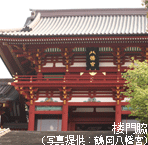
Yoritomo moved Tsuruoka Hachimangu Shrine to the the heart of the Kamakura shogunate. Wakamiya Avenue which stretched straight from Hachimangu shrine towards Sagami Bay was then made the center of Kamakura.
Dankazura (upper hill)
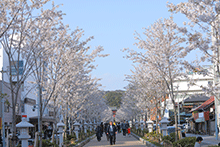
The center of Wakamiya Avenue was raised one step higher from the Nino gate to the Sanno Gate and was built as the Dankazura. It can be seen that both sides of the road greet travelers who visit from spring to autumn with exquisite cherry blossoms.


